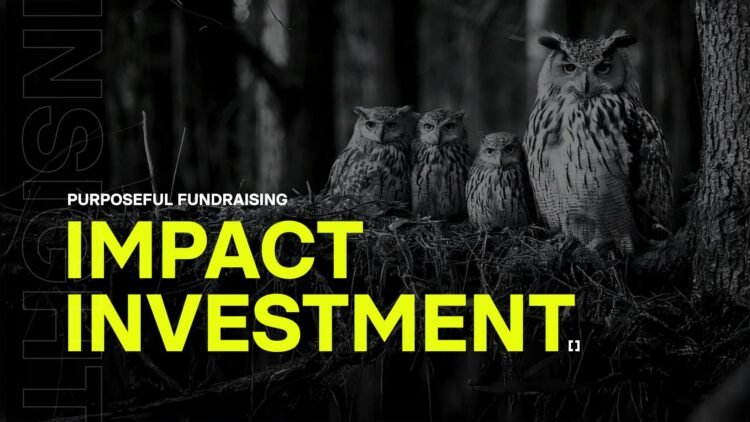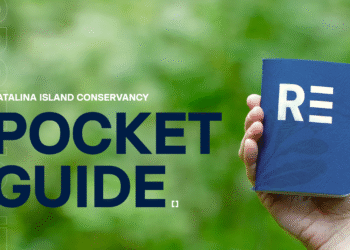When people give to organizations they trust, they invest in the opportunity to create impact. They want to know their contributions fuel something real, something lasting. That’s why we, as fundraisers, must do more than ask. We must show progress, reinforce purpose, and help connect supporters to the bigger picture.
The most successful campaigns don’t just raise funds; they build trust. Donors who see tangible results are likelier to give again, increase their commitment, and bring others along. However, impact storytelling connects strategy, vision, and real-world change in a way that resonates.
From vision to results: The strategic foundation
A well-developed organization has a vision, mission, and values, the core beliefs that drive its work. These aren’t just words on a website; they should guide every decision, campaign, and report. When fundraisers tie their efforts to an organization’s larger purpose, they invite donors into a shared journey, not just a transaction.
But how do you turn high-level aspirations into something funders can see and feel? That’s where three essential tools come in:
- Strategic Plans: These set the long-term direction. They define priorities, allocate resources, and shape an organization’s goals. For fundraisers, they provide a roadmap to align messaging with what truly matters.
- Case for Support: This is where strategy meets storytelling. A compelling case isn’t just a collection of facts; it’s an invitation. It paints a picture of what’s possible and shows donors how they can be part of the transformation.
- Annual Impact Reports: These report the results of actions taken. They’re proof that promises are commitments. They highlight successes, acknowledge challenges, and reinforce why continued investment helps.
Keeping fundraisers, donors, and supporters aligned
Consistency is key. A strong fundraising campaign keeps its message clear from the first ask to the final tally. That means fundraisers, leadership, and communications teams must stay in sync, sharing updates, celebrating wins, and keeping the campaign’s purpose front and center.
It also means telling stories in ways that feel personal. Statistics are robust, but they’re not enough. Donors connect with real people, real experiences, and real change. Video testimonials, personal thank-yous, and behind-the-scenes insights help bridge the gap between giving and impact.
Keep the impact conversation ongoing
Fundraising is about sustaining belief. When donors see their support turn into action, they stay engaged, share their enthusiasm, and become lifelong champions.
So, bring people into the story, show them what they’ve helped build, and help them see what’s still possible. That’s how campaigns go beyond raising money by building lasting movements.
Featured image credit: Adobe Firefly + Tom Osborne

















